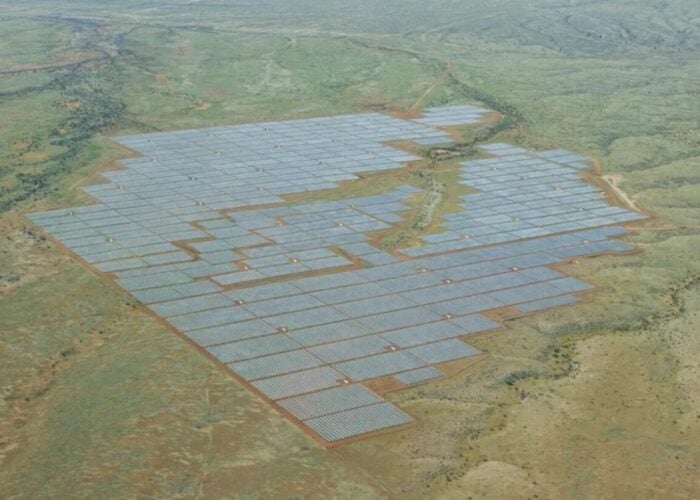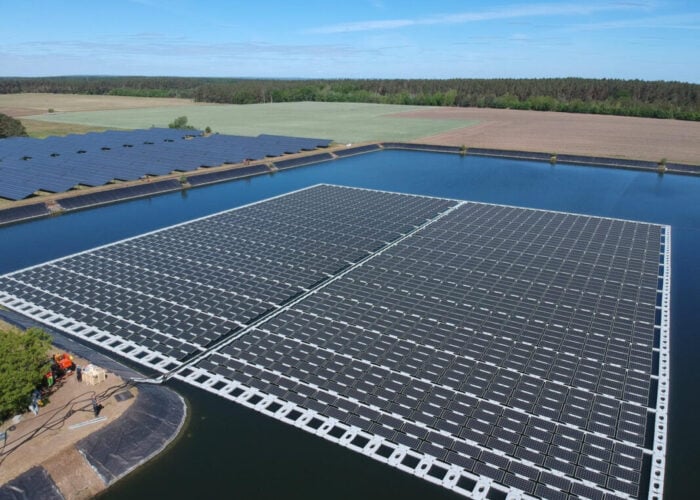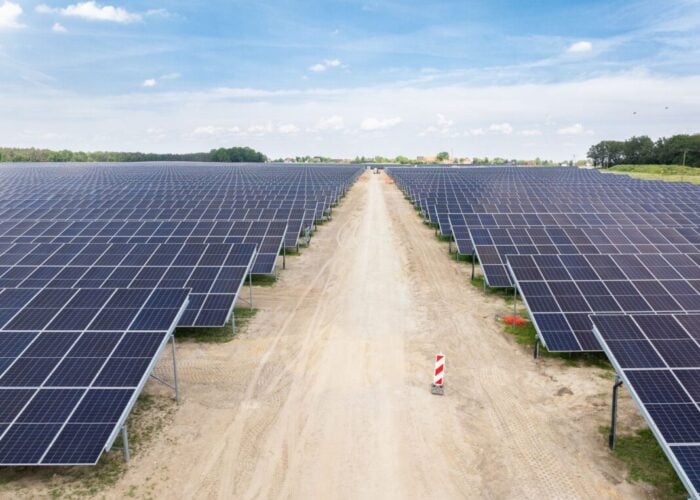Energy storage may not be cost effective in Germany in helping the transition to a higher grid penetration of renewable energy until that penetration level reaches as high as 90%, according to a leading think tank.
Agora Energiewende, a Germany-based think tank, published the report, ‘Electricity Storage in the German Energy Transition’, last week. The report models a handful of scenarios for the development of the ’Energiewende’ (’energy transition’), mapped against the government’s targets for renewable energy.
Unlock unlimited access for 12 whole months of distinctive global analysis
Photovoltaics International is now included.
- Regular insight and analysis of the industry’s biggest developments
- In-depth interviews with the industry’s leading figures
- Unlimited digital access to the PV Tech Power journal catalogue
- Unlimited digital access to the Photovoltaics International journal catalogue
- Access to more than 1,000 technical papers
- Discounts on Solar Media’s portfolio of events, in-person and virtual
The report, which has attracted some controversial coverage from other media, in essence states that in the next 10 to 20 years, the use of energy storage is not likely to be a more effective integrator of renewable energy technology than a mixture of other options aimed at giving energy systems more added flexibility.
“There are cheaper ways of adding flexibility than storage, for example you can just turn off coal, or gas fired power plants, you can use electricity for power-to-heat, you can exchange with neighbouring countries,” said Daniel Fuerstenwerth, project manager at Agora Energiewende.
“There are other opportunities that are cheaper than storage, from the overall system perspective.”
By 2023, the country will aim to have brought the share of renewables-generated energy to 42%, by 2023 to 60% by 2033. The final scenario modelled takes an unspecified future time where Germany will finally reach 90% renewable energy penetration. According to Agora Energiewende, which contracted four research institutes to carry out the study, it will only be when renewable energy comes toward the 90% mark in the total energy mix that energy storage will be among the most economic facilitators for its integration.
“The discussion about storage in German has become more intense, because quite intuitively you’d say, ‘we’ve put a PV plant there or wind power and the energy produced is not stable, it’s fluctuating, so we’ll put storage there.’ That sounds, or ‘feels’ right for most people I would say, but it hasn’t been analysed in much detail yet,” said Fuerstenwerth.
“We asked four leading institutions to conduct research on how much storage the German energy transition needs, so assuming that all the scenarios currently being discussed, assuming that all of this comes true, how much storage do we need and when? The results were a bit surprising for many. By 2023 and 2033, adding storage to the system doesn’t really reduce total costs, while in the very long run, consultants found if you have 90% renewables, adding storage can add value and reduce total system costs.”
In the medium term, although not the long term, the use of storage could actually lead to an increase in the use of lignite at German power plants, Fuerstenwerth said.
“This study we did not look into the wider environmental index too much but we did have a bit of a look at CO2 emissions and we saw amongst other things that when you add a lot of storage to the German system – and maybe this is specific to the German situation – but in the medium term it increases the utilisation of lignite plants.
“If you don’t have additional storage, you really have to turn off the fossil fuel power plants, and you turn them off in order of cost logic. First you turn off the gas, then hard coal, then lignite power plants last, because they’re the cheapest. When you add storage to the system, besides integrating more renewables it also integrates more lignite because it avoids turning off lignite power plants.”
Fuerstenwerth emphasised however that there are a number of business cases for storage and that some uses for storage such as ancillary market participation, could be more economical than others, even in the short term.
“We looked at different applications for storage – power markets, balancing services, delaying grid expansion on the distribution grid level. We did find that adding a lot of storage can add a lot of costs. At the same time, and this was a very important result for us – there are already niche markets where for example battery technologies can add value or compete. For instance, primary reserve – the millisecond response or demand response – where in the case of the failure of a large power plant, there needs to be 600MW of primary reserve in the German market. So far this can only be provided by fossil fuel power plants and what we saw in the study was that batteries can add value there and are really well technically suited for that”.
Fuerstenwerth explained however that with radically different drivers to its adoption, storage made sense at the residential level where the drivers for its use were simpler, based around building greater individual electricity resilience and self-sufficiency.
“For the individual consumer, who has for example rooftop PV, as your feed-in tariff (FiT) is ending after 20 years but the PV plant is still producing electricity, then you have to compare your own cost for using the PV power with what you have to buy from the grid, so from an individual perspective it could make sense.”
Fuerstenwerth said that where residential storage was concerned, Agora Energiewende’s key condition was to make sure it didn’t “lead to a redistribution of costs”, as had been the case in Germany and other countries where the deployment of solar and other renewables at scale is financed by electricity surcharges on consumer electric bills.. Agora believes however that residential, customer-sited storage could have a “relieving effect on the distribution network when used in a grid-supporting manner”.
According to Agora Energiewende, there could also be significant drivers to the increase of energy storage deployment besides the energy market perspective – for instance, increasing electric vehicle (EV) sales.
Fuerstenwerth was keen to point out that many of these conclusions could be particular to Germany and the Germany energy industry and not necessarily mutable to other regions. For example, US utility company ConEdison is using a series of energy storage projects to stave off the need for over a billion dollars in infrastructure investment for substations and other power electronics.
Agora's former head, Rainer Baake, a Green Party politician, was appointed as economics and energy minister Sigmar Gabriel's deputy in the German coalition government at the beginning of this year.
This article has been amended to clarify a point on the redistribution of costs resulting from the increased deployment of renewables.






